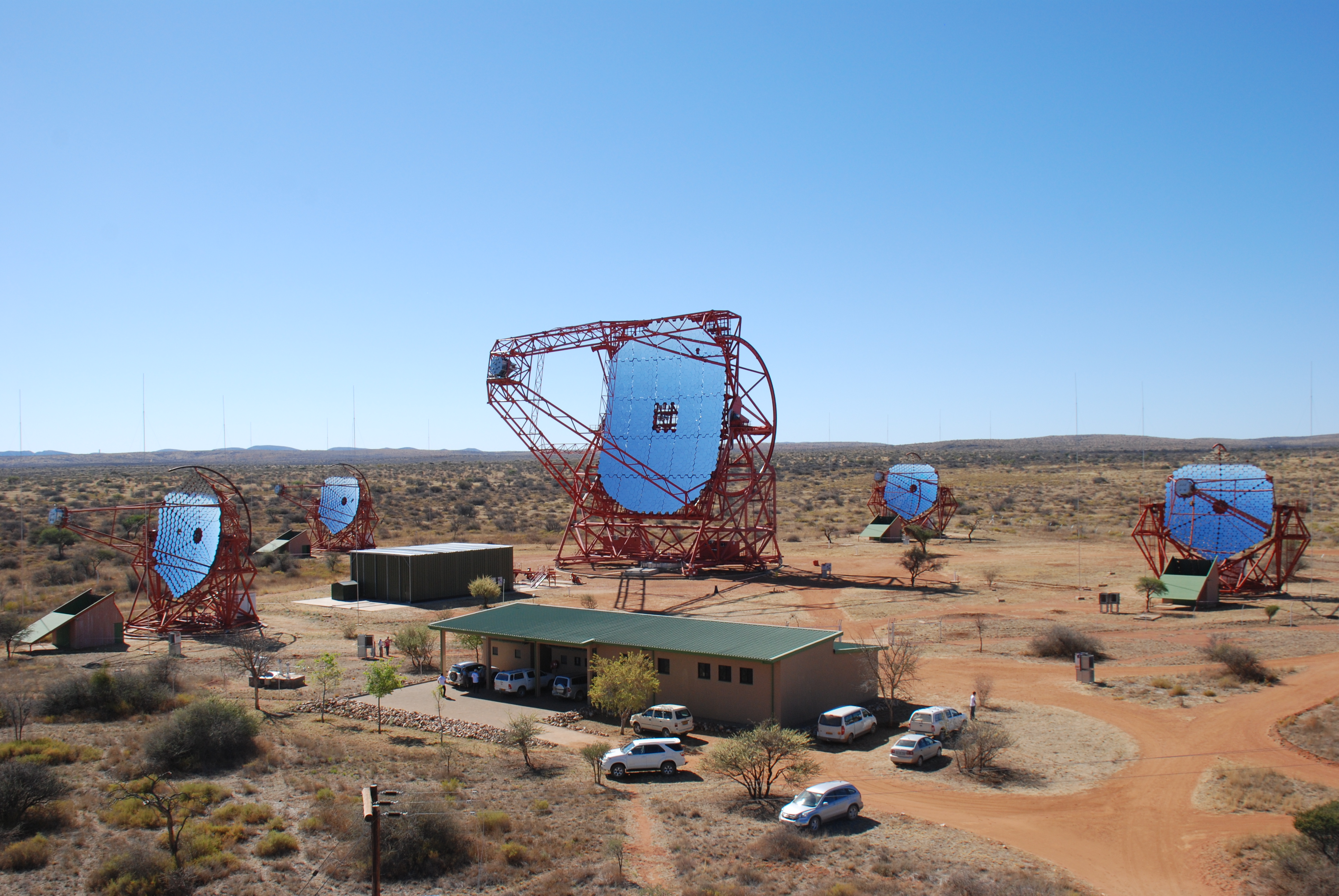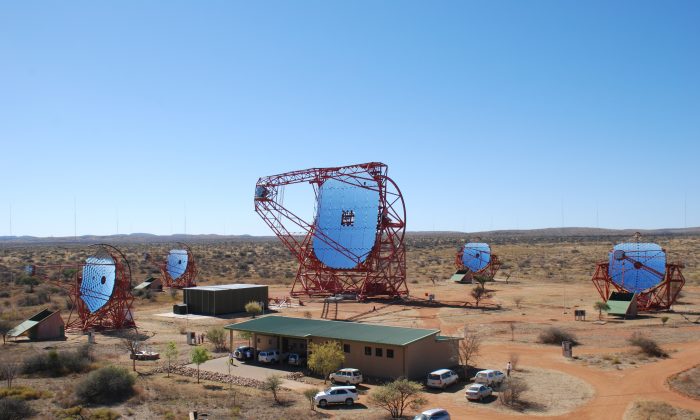
Researchers have discovered the most powerful cosmic rays ever detected hitting Earth, originating from sources relatively close to our planet. The rays, composed of electrons and positrons, were found at energy levels up to 40 tera-electron volts, which is 20 trillion times the energy of visible light.
The observation was made at the High Energy Stereoscopic System (HESS) observatory in Namibia, with the findings published in the journal Physical Review Letters on Nov. 25. The lead author Kathrin Egberts, from the University of Potsdam in Germany, stated that the cosmic rays likely come from sources within a few thousand light years from our solar system, a relatively short distance compared to the vast size of our galaxy.
Cosmic rays are high-energy particles believed to originate from extreme astrophysical events such as black holes, supernovae, pulsars, and other unknown sources. When these particles interact with Earth’s atmosphere, they produce Cherenkov radiation, a distinctive blue glow. The HESS observatory uses telescopes to detect this radiation, allowing researchers to study cosmic rays in detail.
Although the exact sources of these energetic particles are still unknown, potential candidates include remnants of supernovae, bright stars like Gamma 2 Velorum, or pulsars like Vela and Geminga. The study’s co-author Werner Hofmann noted that their analysis provides valuable insights into the origins of cosmic electrons.





